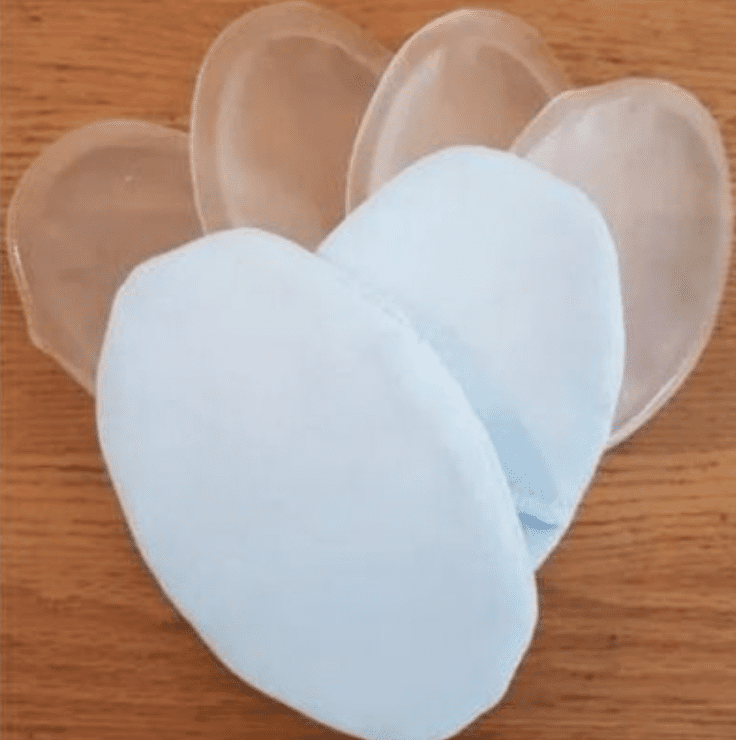Some of us don’t think about how much potential repairs cost when we’re shopping for a new car because that’s usually the last thing on our mind. But you have to face the facts: at some point, your vehicle is going to have problems – it might even break down and need major repairs.
So if you’re looking for a new ride, you might want to take this list into serious consideration. It could save you some money down the road.
This data is based on crunching the numbers from 5.6 million vehicles that had their check engine lights go on in 2018. Take a look.
1. Mazda
This Japanese producer had the lowest repair rate for check engine problems, costing an average of $285.70. The 2013 Mazda MX-5 Miata was the least expensive Mazda to fix.
2. KIA
From South Korea, KIA’s average repair cost was $319.97. The 2016 KIA Soul was the least expensive model to repair.
3. Dodge
The first American car company on the list, Dodge’s average cost was $326.41 with the 2017 Dodge Durango as their most cost-efficient model.
4. Hyundai
Hyundai, from South Korea, averaged $328.32 for check engine light repairs in 2018. Their least expensive model to fix was the 2017 Hyundai Tucson.
5. Chrysler
Chrysler came in at fifth place on the list with an average of $329.43. The 2017 Chrysler 200 was the carmaker’s cheapest car to repair.
6. Jeep
A check engine light cost Jeep owners an average of $338.57. The cheapest model was the 2017 Wrangler.
7. Chevrolet
Chevy owners paid an average of $341.19 to get their rides fixed up. The 2016 Chevrolet Traverse was the most economical model.
8. Volkswagen
The automaker from Germany cost drivers an average of $357.92. The 2017 VW Tiguan cost VW drivers the least amount of cash in the repair shop.
9. Honda
Since I see sooooooooo many Hondas on the street, I’m surprised that the Japanese company was not higher up on the list. The average repair cost was $426.86 and the most economical model was the 2016 Honda CR-V.
10. Toyota
Finally, another Japanese carmaker rounds out the top 10. For Toyota drivers, the 2014 Prius C is your best bet if you want to save money on repairs.
There you have it! Good luck on your car search!
The post The 10 Car Brands That Cost the Least to Repair appeared first on UberFacts.
 If anyone is in need of a new/used car – check them out and tell them I referred you! #newcar#2017chrysler200#toblessedtobestressed
If anyone is in need of a new/used car – check them out and tell them I referred you! #newcar#2017chrysler200#toblessedtobestressed
 2016 Honda CR-V had back row windows stripped from old film and re-tinted with our Exclusive Thermal window film!
2016 Honda CR-V had back row windows stripped from old film and re-tinted with our Exclusive Thermal window film!  #CYPRUS #cypruswindowtinting #honda #Project357
#CYPRUS #cypruswindowtinting #honda #Project357








 Méchante propagande à Bruxelles city.
Méchante propagande à Bruxelles city.  #pizza #pineapple #pineappleonpizza #sweetpizza #sweettaste #yesonpineappleonpizza #sweetlover #sectivism #pizzasectivisme #pineapplebelongsonpizza @pizza_sectivism
#pizza #pineapple #pineappleonpizza #sweetpizza #sweettaste #yesonpineappleonpizza #sweetlover #sectivism #pizzasectivisme #pineapplebelongsonpizza @pizza_sectivism Han er og har altid været en kæmpe inspiration for mig
Han er og har altid været en kæmpe inspiration for mig  #rejse #verden #familie #denmark #københavn #travel #traveling #worldmap #life #living
#rejse #verden #familie #denmark #københavn #travel #traveling #worldmap #life #living